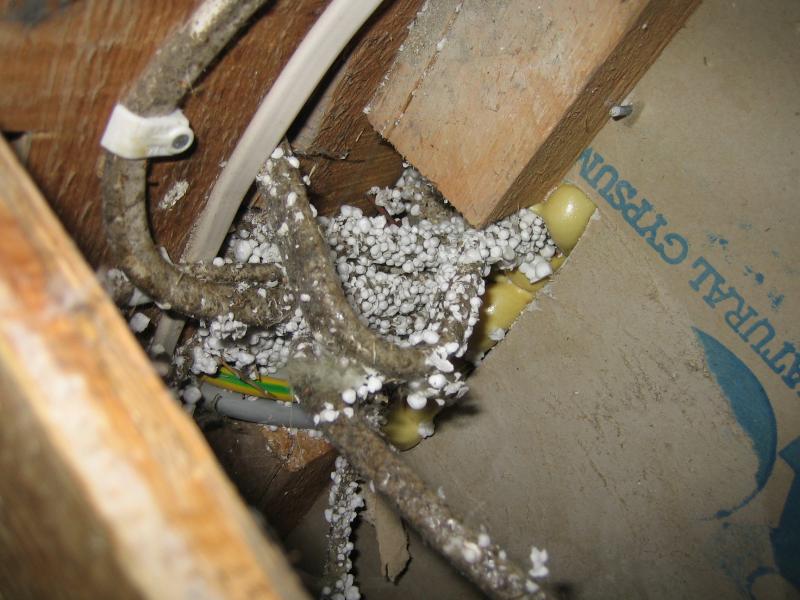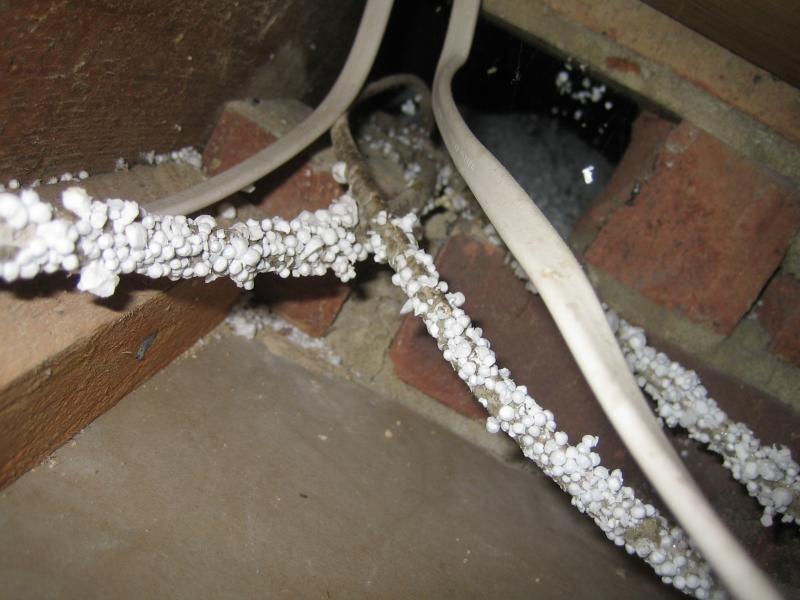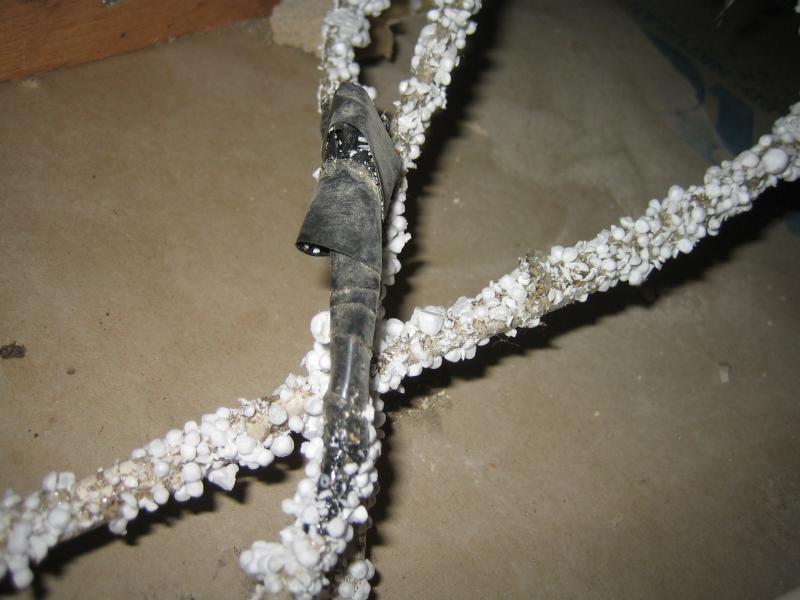I don't think i have ever visited this section but have been troubled by a few questions regarding electrics over on the building section.
I have looked at a few posts regarding insulation (insulation as in fibreglass, rockwool, celotex kingspan etc) and electric cables.
Some posters are concerned that the two should not mix.
I personally find this difficult to believe as a heck of a lot of homes up and down the country would be spontaneously bursting into flames on a daily basis.
My own experience as a builder has seen insulation and cables in close proximity trillions of times without ill effect.
What is the TROUTH?
//www.diynot.com/forums/viewtopic.php?t=222257
I have looked at a few posts regarding insulation (insulation as in fibreglass, rockwool, celotex kingspan etc) and electric cables.
Some posters are concerned that the two should not mix.
I personally find this difficult to believe as a heck of a lot of homes up and down the country would be spontaneously bursting into flames on a daily basis.
My own experience as a builder has seen insulation and cables in close proximity trillions of times without ill effect.
What is the TROUTH?
//www.diynot.com/forums/viewtopic.php?t=222257




